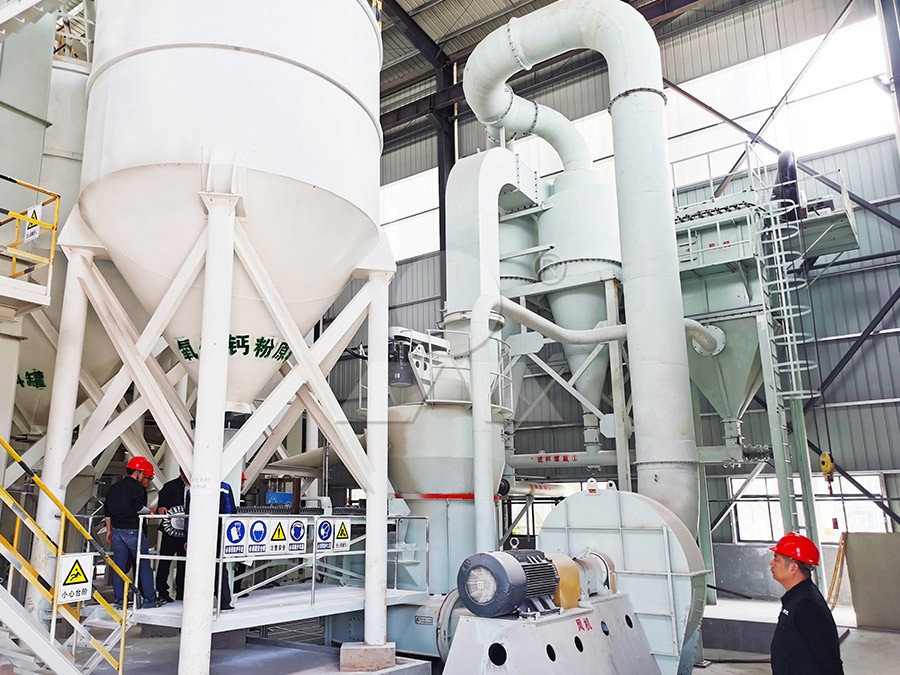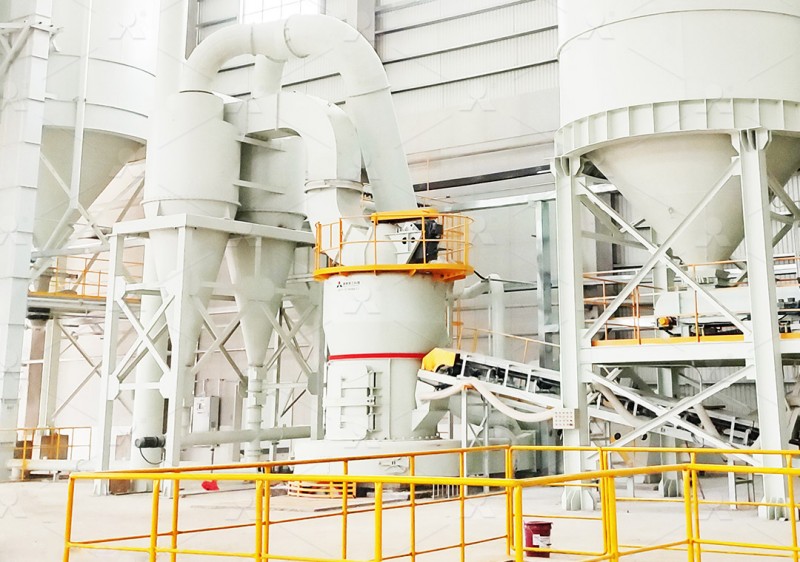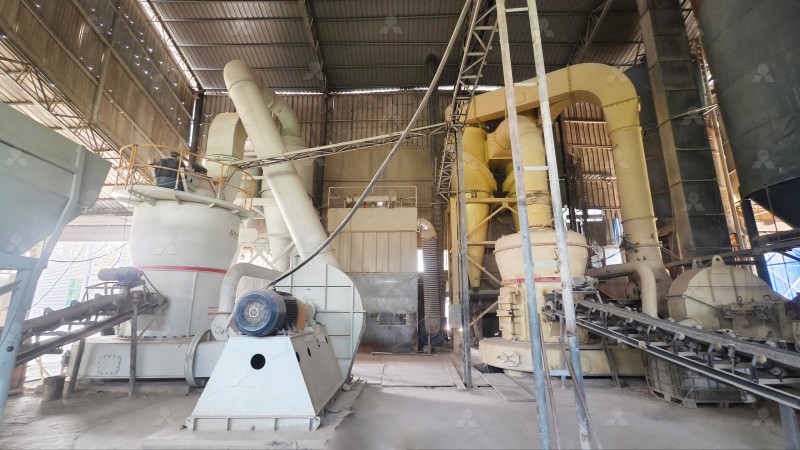Surface Modification Techniques for Calcium Carbonate Powder in Industrial Grinding
Surface Modification Techniques for Calcium Carbonate Powder in Industrial Grinding
In modern industrial applications, calcium carbonate powder serves as a fundamental filler material across numerous sectors including plastics, paints, coatings, rubber, and pharmaceuticals. However, the inherent hydrophilic nature of unmodified calcium carbonate often leads to poor compatibility with hydrophobic polymer matrices, resulting in suboptimal mechanical properties and reduced product performance. Surface modification techniques have emerged as crucial processes to overcome these limitations, transforming ordinary calcium carbonate into high-value, functional fillers.

Key Surface Modification Methods
The most prevalent surface modification techniques for calcium carbonate powder include:
Chemical Modification
Chemical treatment represents the most widely adopted approach, where coupling agents such as silanes, titanates, and stearic acid are applied to create a hydrophobic surface. Stearic acid treatment remains particularly popular due to its cost-effectiveness and efficiency. The modification process typically involves dry or wet methods where the modifying agent is either sprayed onto the powder during grinding or introduced in solution form.
Mechanical Activation
Mechanical activation through intensive grinding not only reduces particle size but also creates fresh, reactive surfaces that are more amenable to chemical modification. The grinding process generates active sites on particle surfaces, enhancing the bonding efficiency of modifying agents.
Polymer Grafting
Advanced modification techniques include polymer grafting, where macromolecular chains are covalently bonded to the calcium carbonate surface. This method provides superior compatibility with specific polymer systems but requires more sophisticated processing conditions.

The Critical Role of Grinding Technology
Effective surface modification begins with proper grinding. The choice of grinding equipment significantly impacts the efficiency of subsequent modification processes. For operations requiring simultaneous grinding and surface treatment, the MW Ultrafine Grinding Mill presents an ideal solution. With an input size capability of 0-20 mm and capacity ranging from 0.5 to 25 tph, this mill efficiently processes calcium carbonate while maintaining the structural integrity necessary for effective modification.
The MW Ultrafine Grinding Mill’s adjustable fineness between 325-2500 meshes allows precise control over particle size distribution, a critical factor in surface modification efficiency. The absence of rolling bearings and screws in the grinding chamber eliminates contamination concerns, ensuring product purity. Furthermore, its efficient pulse dust collection system maintains a clean operating environment, essential when working with surface treatment agents.
Integrated Processing Solutions
For operations requiring high-volume production with integrated drying capabilities, the LUM Ultrafine Vertical Grinding Mill offers distinct advantages. With German powder separating technology and input size of 0-10 mm at 5-18 tph capacity, this mill provides exceptional control over particle characteristics. Its reversible structure facilitates easy maintenance, while multi-head powder separating technology ensures consistent product quality with 30%-50% energy savings compared to conventional mills.

Optimizing Modification Efficiency
The success of surface modification depends on several factors beyond the choice of modifying agent. Particle size distribution, surface area, and crystal structure all influence modification efficiency. Narrow particle size distributions, achievable through advanced grinding technologies, promote uniform coating distribution. Similarly, controlled grinding conditions help maintain crystal structure integrity, preventing excessive amorphization that can complicate modification processes.
Modern grinding systems incorporate precise temperature control, as excessive heat during grinding can degrade both the calcium carbonate and modifying agents. The MW Ultrafine Grinding Mill’s external lubrication system and optimized grinding chamber design effectively manage operational temperatures, preserving material properties throughout the process.
Quality Control and Performance Validation
Validating the success of surface modification requires comprehensive testing. Key performance indicators include contact angle measurements, dispersion stability in hydrophobic media, and composite mechanical properties. Properly modified calcium carbonate demonstrates significantly improved dispersion characteristics, enhanced mechanical properties in polymer composites, and reduced viscosity in liquid systems.
Frequently Asked Questions
What is the primary purpose of surface modifying calcium carbonate powder?
Surface modification transforms hydrophilic calcium carbonate into hydrophobic particles, improving compatibility with polymer matrices and enhancing mechanical properties in composite materials.
How does grinding technology affect modification efficiency?
Proper grinding creates optimal particle size distributions and surface characteristics that enhance modifier adsorption. Advanced mills like the MW Ultrafine Grinding Mill provide the control necessary for consistent modification results.
Can surface modification be integrated with the grinding process?
Yes, in-situ modification during grinding is possible and often preferred for efficiency. The modification agents can be introduced directly into the grinding chamber of compatible equipment.
What industries benefit most from modified calcium carbonate?
Plastics, paints, coatings, rubber, adhesives, and pharmaceuticals all utilize modified calcium carbonate to improve product performance and reduce material costs.
How does particle size affect modification requirements?
Smaller particles have higher surface area, requiring more modifier per unit weight. Ultra-fine grinding mills must provide precise control over particle size to optimize modifier usage.
